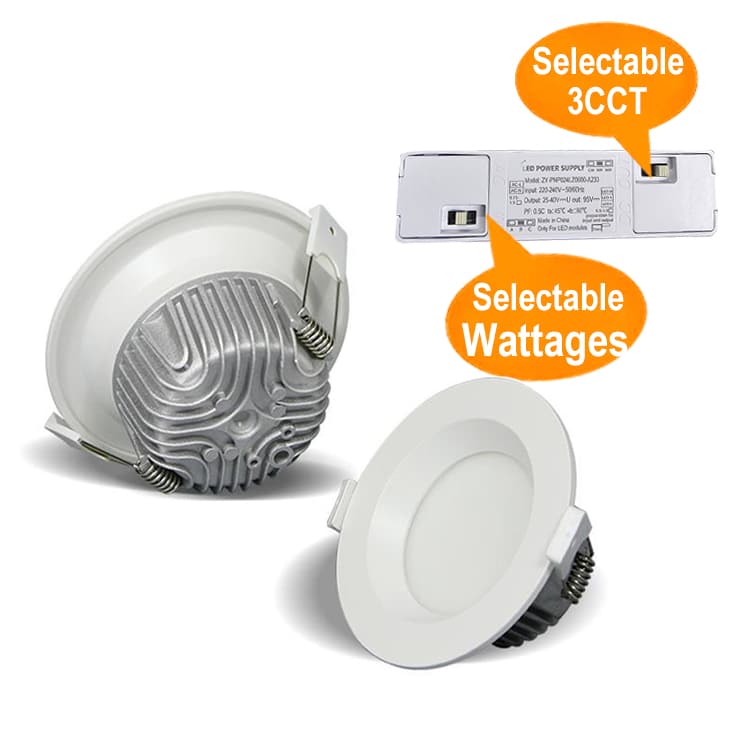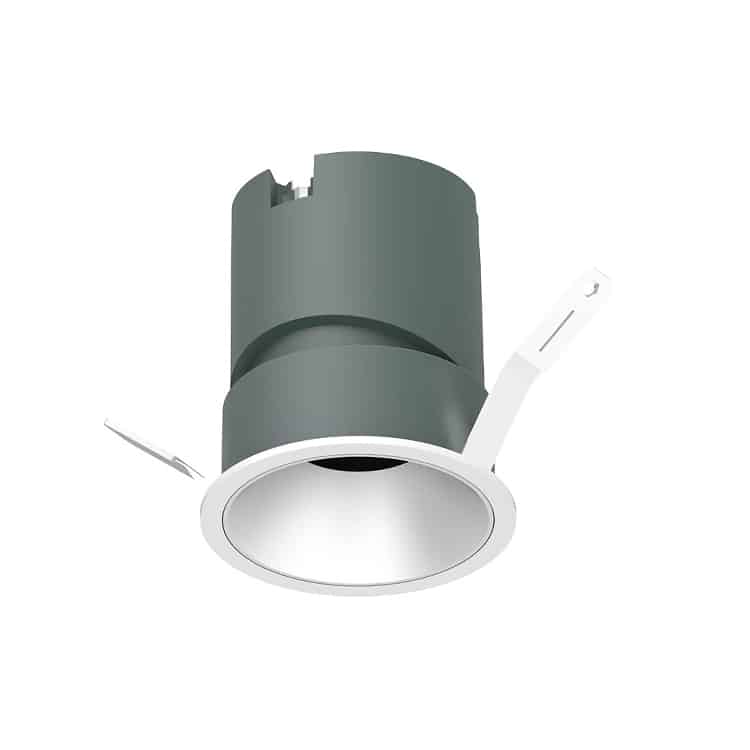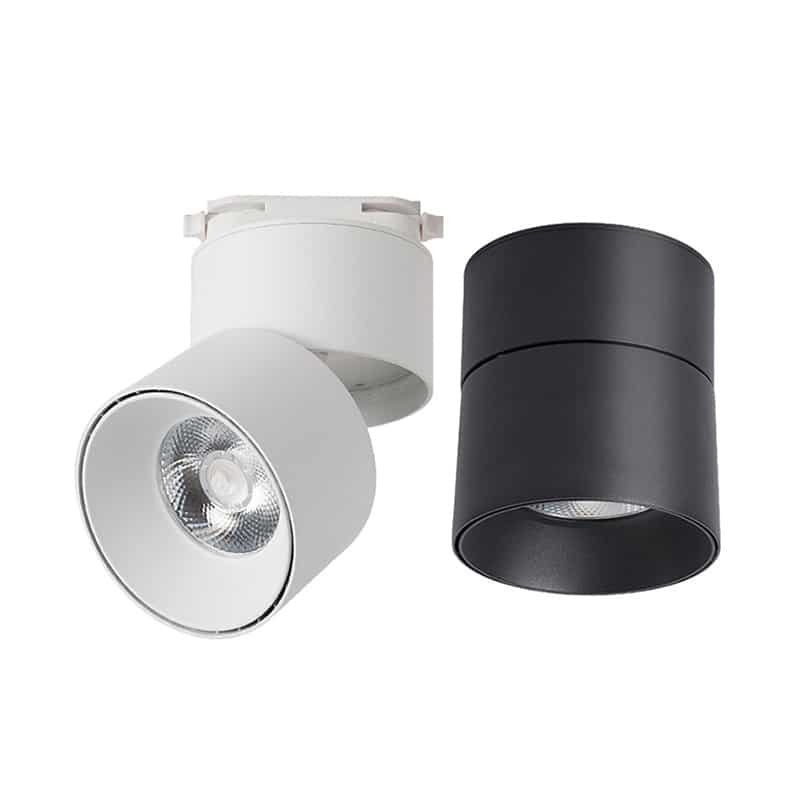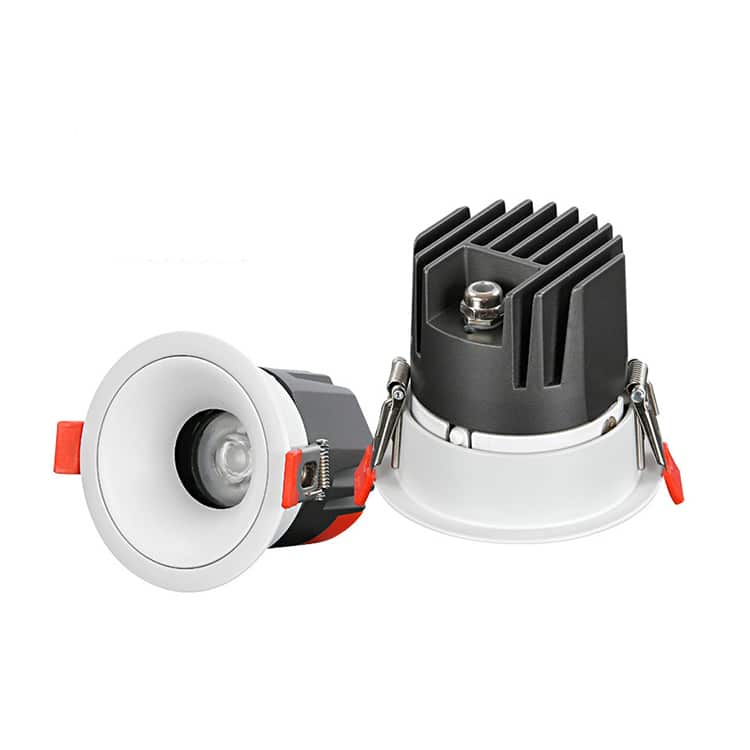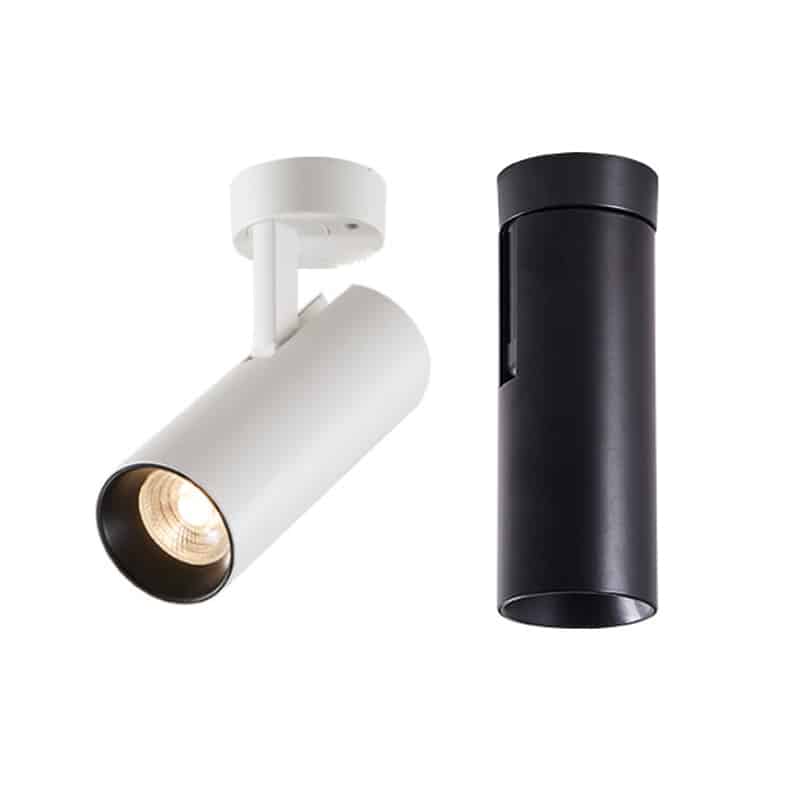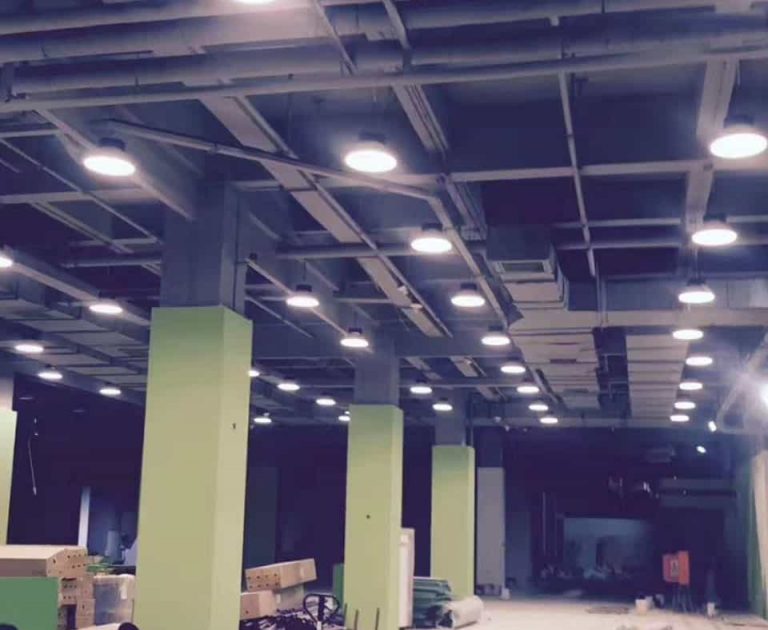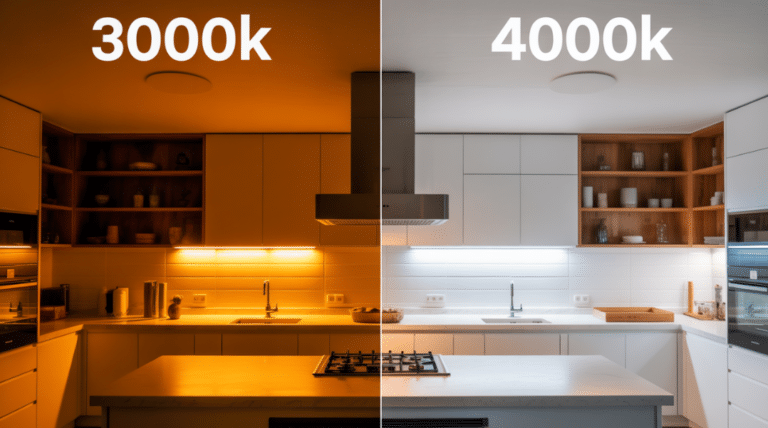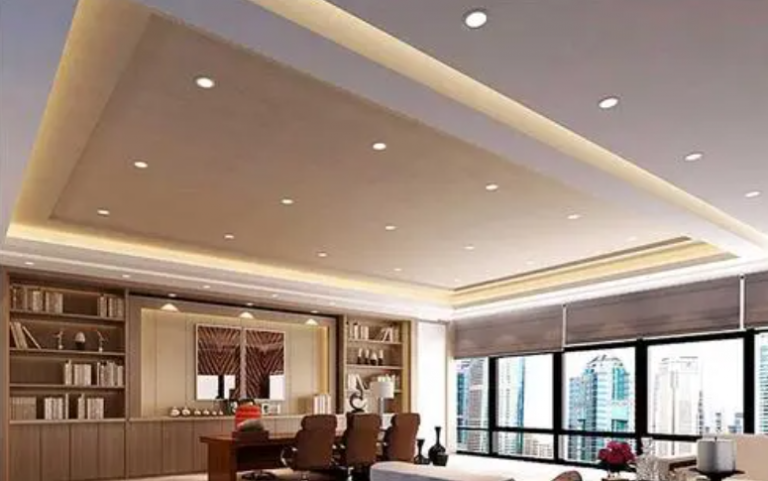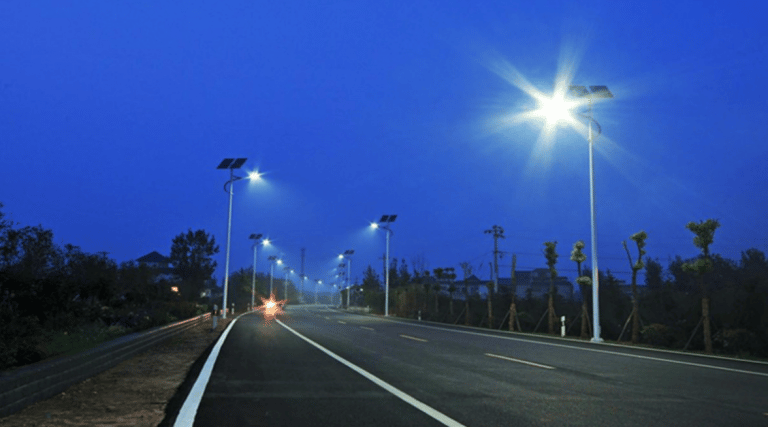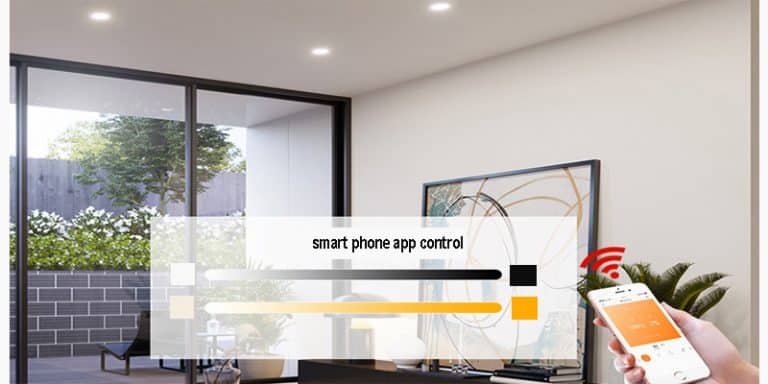Choosing between spotlights and downlights can significantly impact the look, feel, and performance of your lighting project. Whether you’re illuminating a retail display, a hotel lobby, or a modern office space, knowing the difference between these two types of fixtures is critical. In this guide, we’ll explore what defines spotlights and downlights, key differences in beam angle, mounting, and application, and help you decide which one to use for your upcoming lighting project.
First, we should know their definition.
What are downlights?
Downlights, also known as recessed lights or pot lights, are lighting fixtures that are installed into a hole opening in a ceiling. These fixtures are designed to emit light in a downward direction, creating broad illumination. They are commonly used in various settings, such as homes, offices, retail spaces, and other indoor environments, to provide task lighting, ambient lighting, or accent lighting. Downlights are available in a variety of designs and sizes. There are surface-mounted and recessed types for your choice.
What are spot lights?
Spotlights are directional lighting fixtures designed to focus light on a specific area or object. They typically have a concentrated and adjustable beam that allows for precise illumination of targeted spaces, such as artwork, architectural features, or specific points of interest. Spotlights are commonly used in both residential and commercial settings for accent lighting, highlighting specific elements in a room or space. They come in various types, including track-mounted spotlights, ceiling-mounted spotlights, or Flood LED Spotlights. Today we mainly talk about the ceiling mounted spotlights.
1. Different functions (purposes)
Downlight. Downlights are fixed luminaires that emit light vertically downwards. They have a large light exposure area and are suitable for acting as general lighting in the space. They can evenly spread the light throughout the space. such as living rooms, shopping malls, supermarkets, hotel halls, etc.
Spotlight. It is a highly condensing lamp, and its light irradiation has a specific target. Generally used as local lighting or accent lighting to highlight illuminated objects, such as commodities, decorative paintings, background walls, etc., it can well express the color and texture of the objects, enhance the contrast of light and dark in the space, highlight the sense of hierarchy, and create atmosphere.
2. Different structure and Anti-glare performance
Downlighter: The structure of most SMD LED Downlights on the market is simpler than that of spotlights, with fewer components, mainly including radiators, outer rings, and PC covers. In addition to these, spotlights generally have reflectors or lenses. At the same time, the design of downlights is generally directional and cannot adjust the angle of light.
Spotlight. The light angle of spotlights can often be adjusted up and down by 15-30°. Some spotlights can even be rotated 360°+90° up and down, such as gimbal downlights. You can adjust the direction of the light at will, and it can shoot the light to the designated place, which is also an important reason why it can be used as a key lighting fixture. At the same time, the location of the light source is generally designed to be hidden inside the lamp body, with a large shading angle, so that the human eye cannot see the light source inside the lamp, which greatly improves the anti-glare effect and is more conducive to creating a more comfortable light. surroundings. The performance of downlights in this respect will be much worse.
3. Different beam angle and Lighting distribution curve
Downlight fixture: Because the above-mentioned downlights and spotlights are different in internal structure, they have more different light emissions. The light-emitting angle of the downlight is generally relatively large, between 90-120 degrees, and the light tends to be astigmatic.

Spotlights‘ beam angle is generally narrow, basically less than 45°, and the common ones are 15, 24, 36/45°. All have light-gathering properties. It has a reflector or lens that will process the light twice. Professionally speaking, the light has been secondarily distributed. In this case, the light will be more accurate.

4. Different LED Sources and performance of lighting
LED Spotlights mainly use COB LED Chips as the light source. It directly encapsulates low-power chips on an aluminum substrate for rapid heat dissipation. The chip area is small and the heat dissipation efficiency is high. It can better control the smaller light-emitting surface. At the same time, the CRI of COB chips has basically reached above 90. It can better restore the true color of the illuminated object. The light and shadow of the object illuminated by the spotlight with a COB single-chip light source are three-dimensional and clear. Most downlights are based on patch low-power lamp beads, and multiple small-sized chips are arranged and combined to form a light-emitting source, and the light-emitting surface forms a floodlight effect. The light and shadow of the object illuminated by the LED chip light source are jagged, ghosted, and blurred.
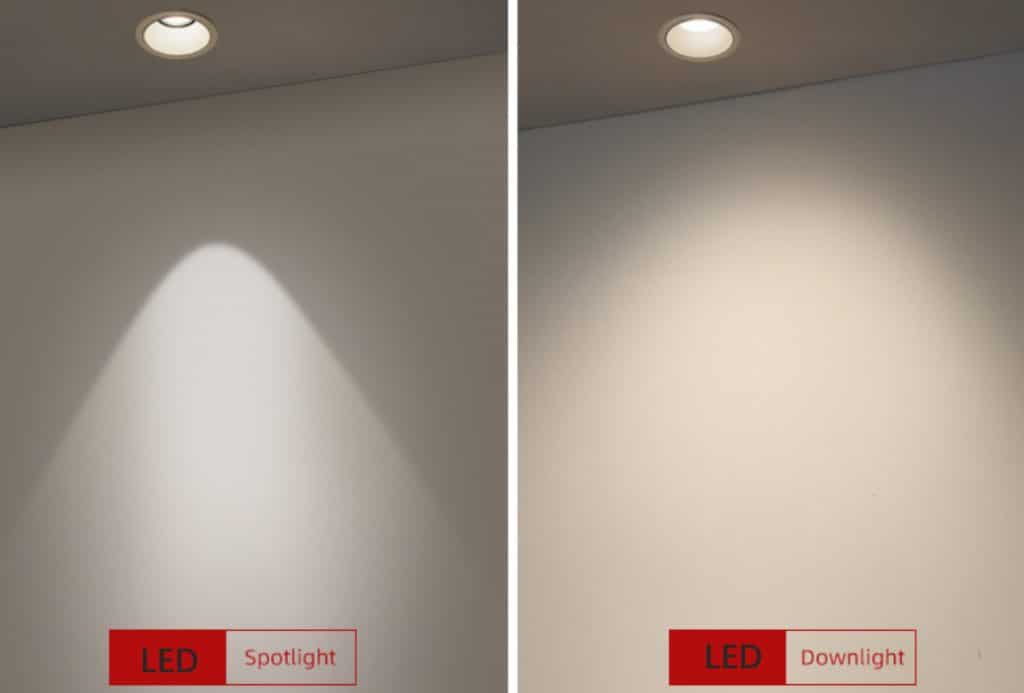
Simple conclusion
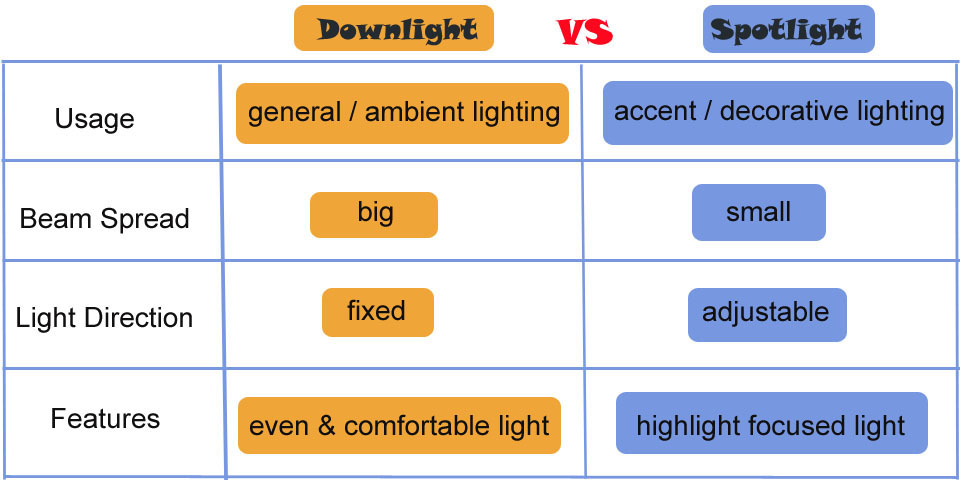
In summary, spotlights are designed for focused and directional lighting, often used for highlighting specific objects or areas, while downlights are more suited for broad, uniform illumination of larger spaces. The choice between them depends on the intended lighting purpose and design objectives for a given space.

Hello, customers
My name is Ricky Wang, I’m the business manager of GRNLED. I have been in LED lights industry for more than 10 year. Feel free to contact us. I’m happy to provide you the best service and products.
Email: info@grnled.com | WeChat: ledfixture

